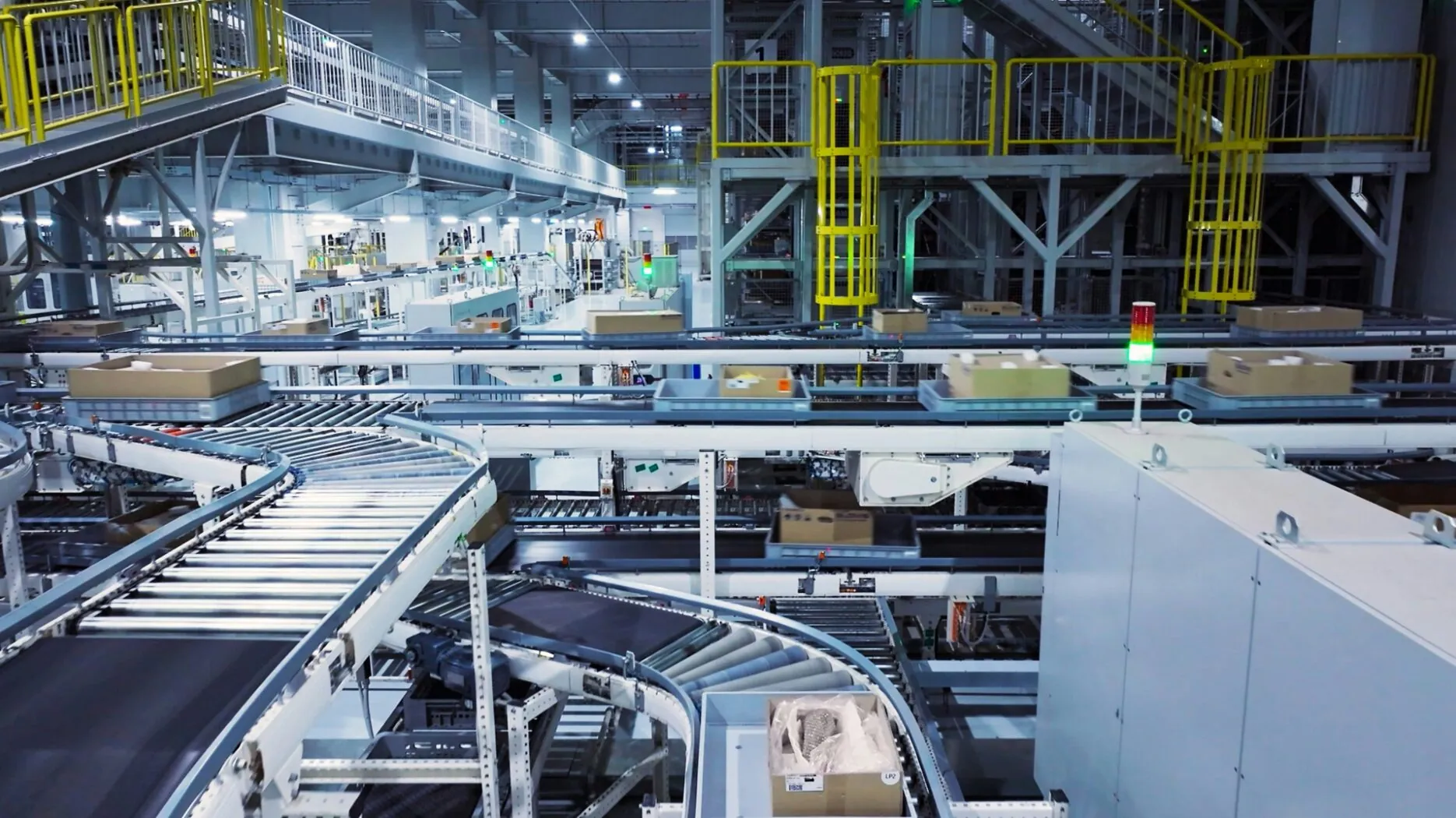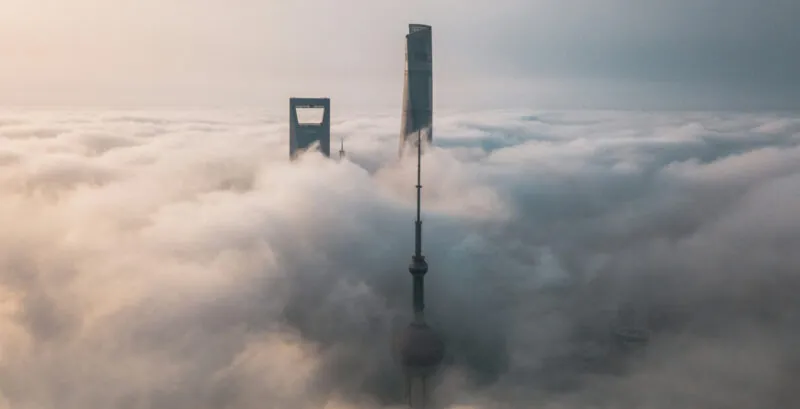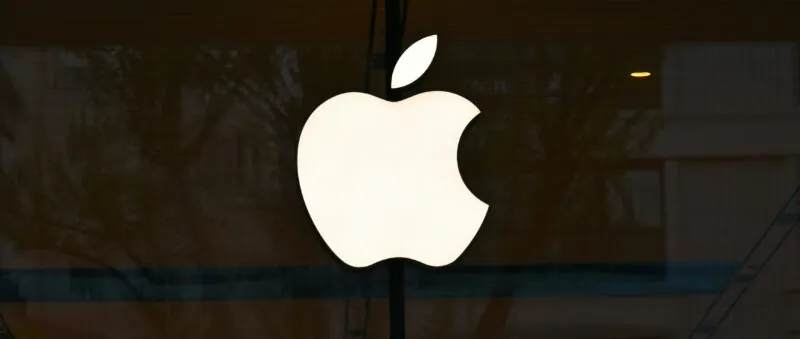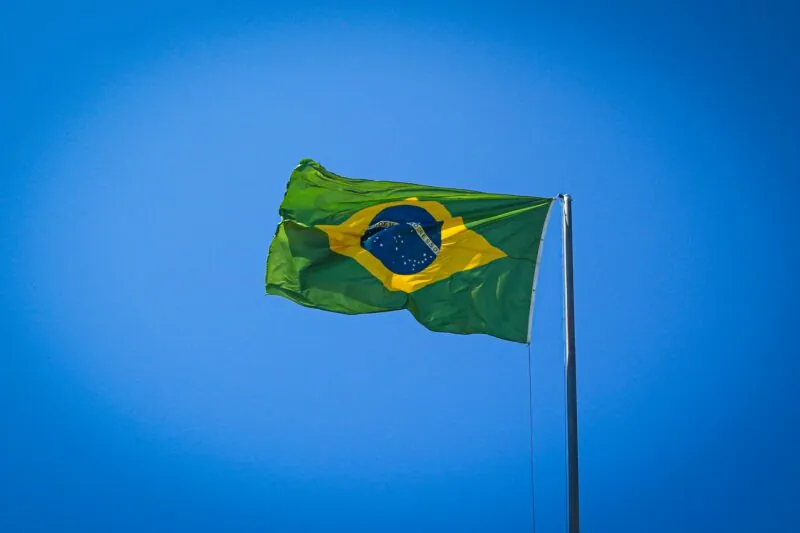Coca-Cola (可口可乐) is deepening its roots in China with a new wave of investment aimed at building smarter, greener, and more resilient production. The beverage giant recently completed a state-of-the-art facility in Zhengzhou (郑州) and announced plans for another production base in the Greater Bay Area — part of a sweeping local expansion designed to boost both capacity and efficiency.
The move follows Coca-Cola’s 2023 pledge to pour more than RMB 12 billion (US $1.65 billion) into its mainland operations over the next decade. That long-term commitment, the company says, reflects confidence in China’s consumption power and the country’s ongoing shift toward intelligent manufacturing.
In Zhengzhou, the new plant is equipped with smart scheduling systems, sorting robots, and automated guided vehicles that streamline everything from bottling to logistics. More than 30 green and low-carbon features – from energy-saving lighting to water-recycling systems – anchor the site’s sustainability design. The result: higher output with lower emissions, and a supply chain that can flex with market demand.
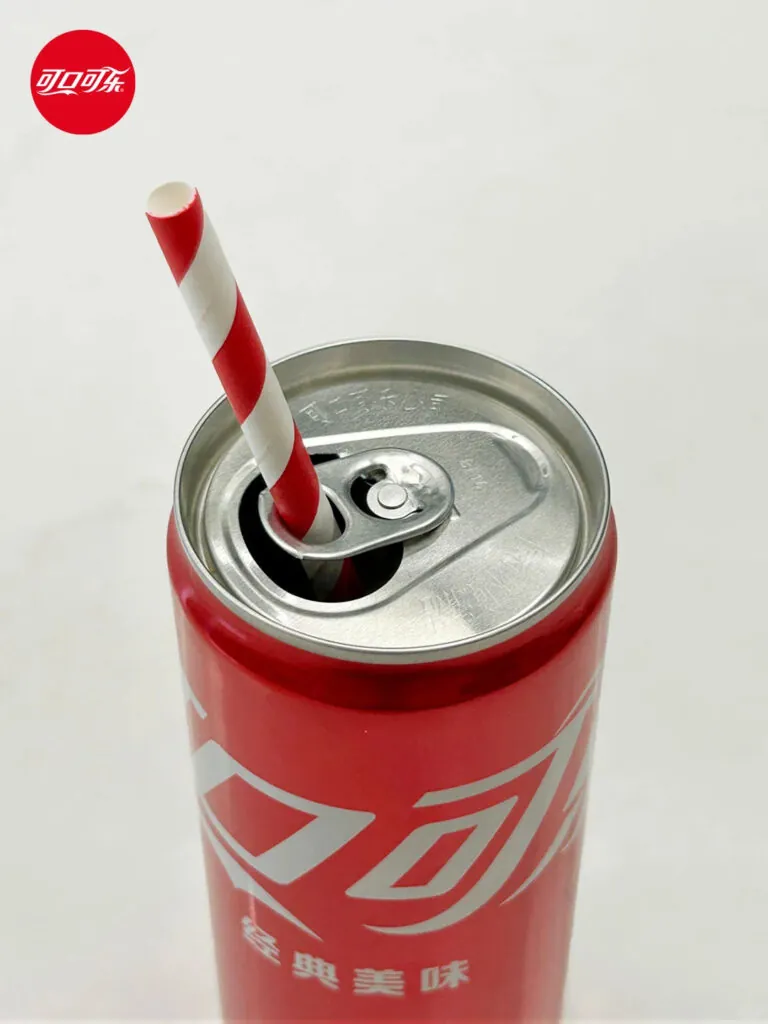
Through its local bottling partners Swire Coca-Cola and COFCO Coca-Cola, the company is also reinforcing regional supply lines to serve a market that remains central to its global strategy. For Coca-Cola, these expansions are not just about producing more drinks – they’re about producing them in a smarter, closer, and cleaner way.
Coca-Cola is also following a trend that comes from the big dogs in Beijing: The Made in China 2025 initiative. This is the 2015 CCP directive to push for smarter – and yes, you guessed it – greener manufacturing. It also aims to put China at the forefront of global manufacturing. Coca-Cola’s new factories are one small part of that, but in a week where another multinational giant is drawing up final contracts on the sale of its China business, Coca-Cola has made the opposite statement: they’re here to stay.




